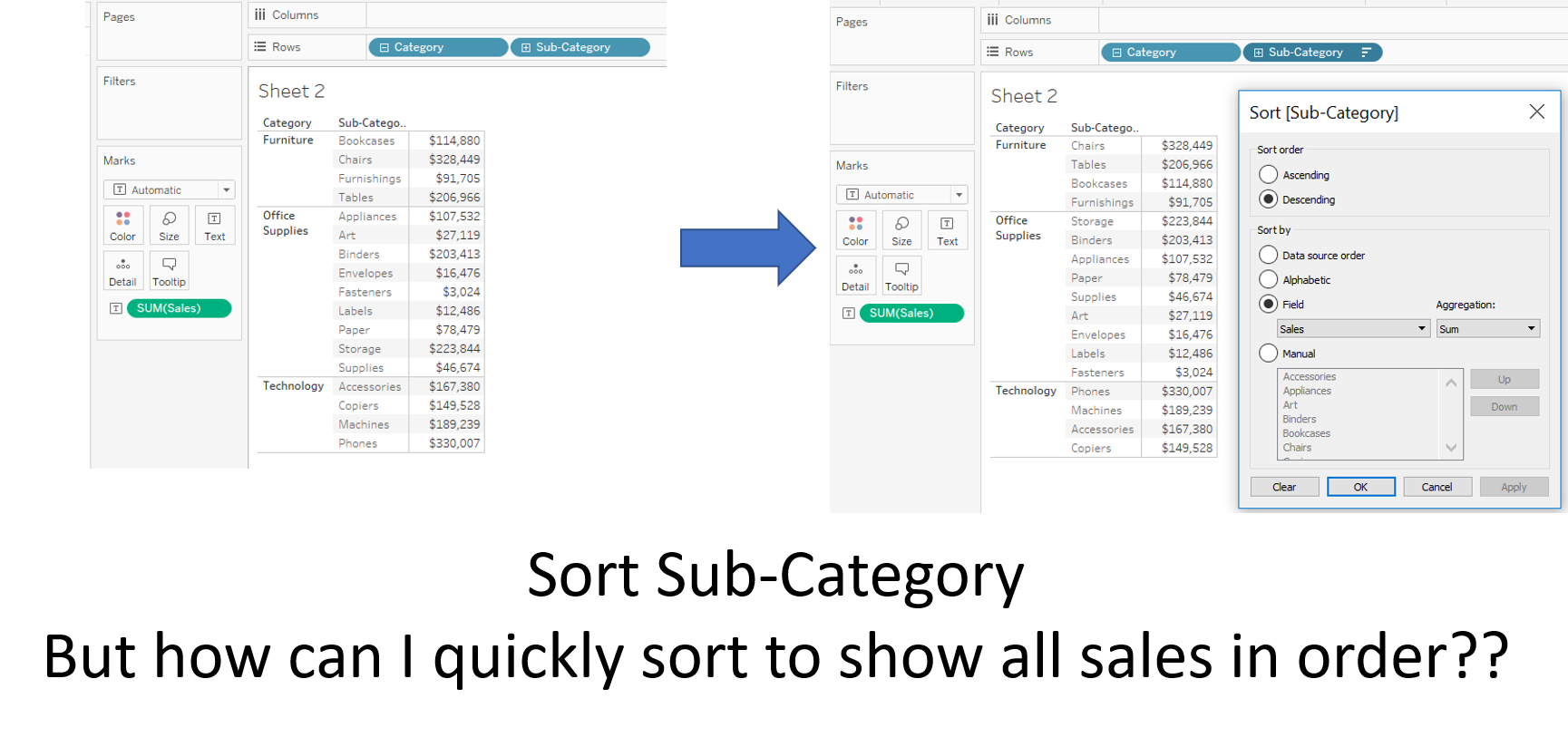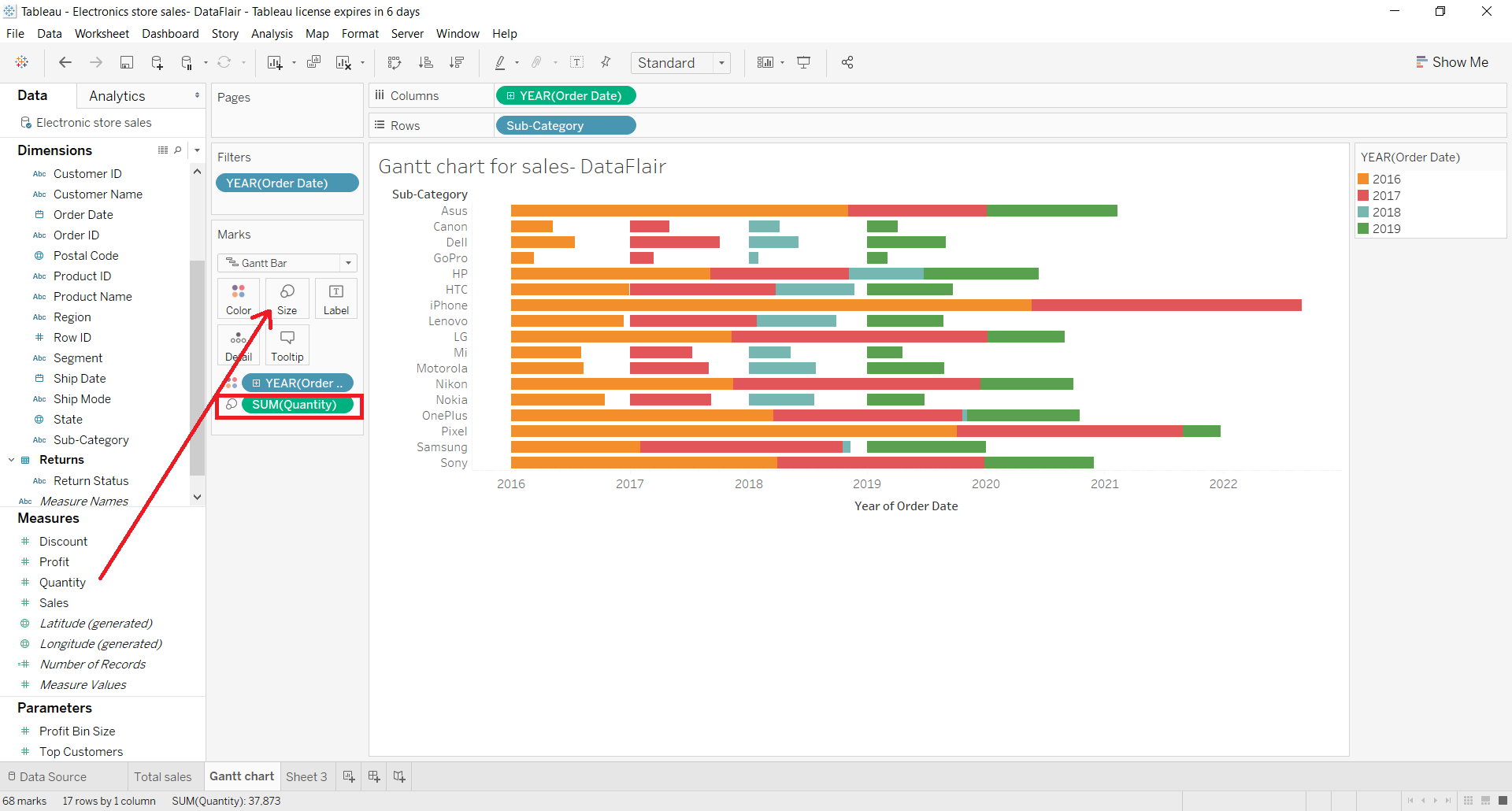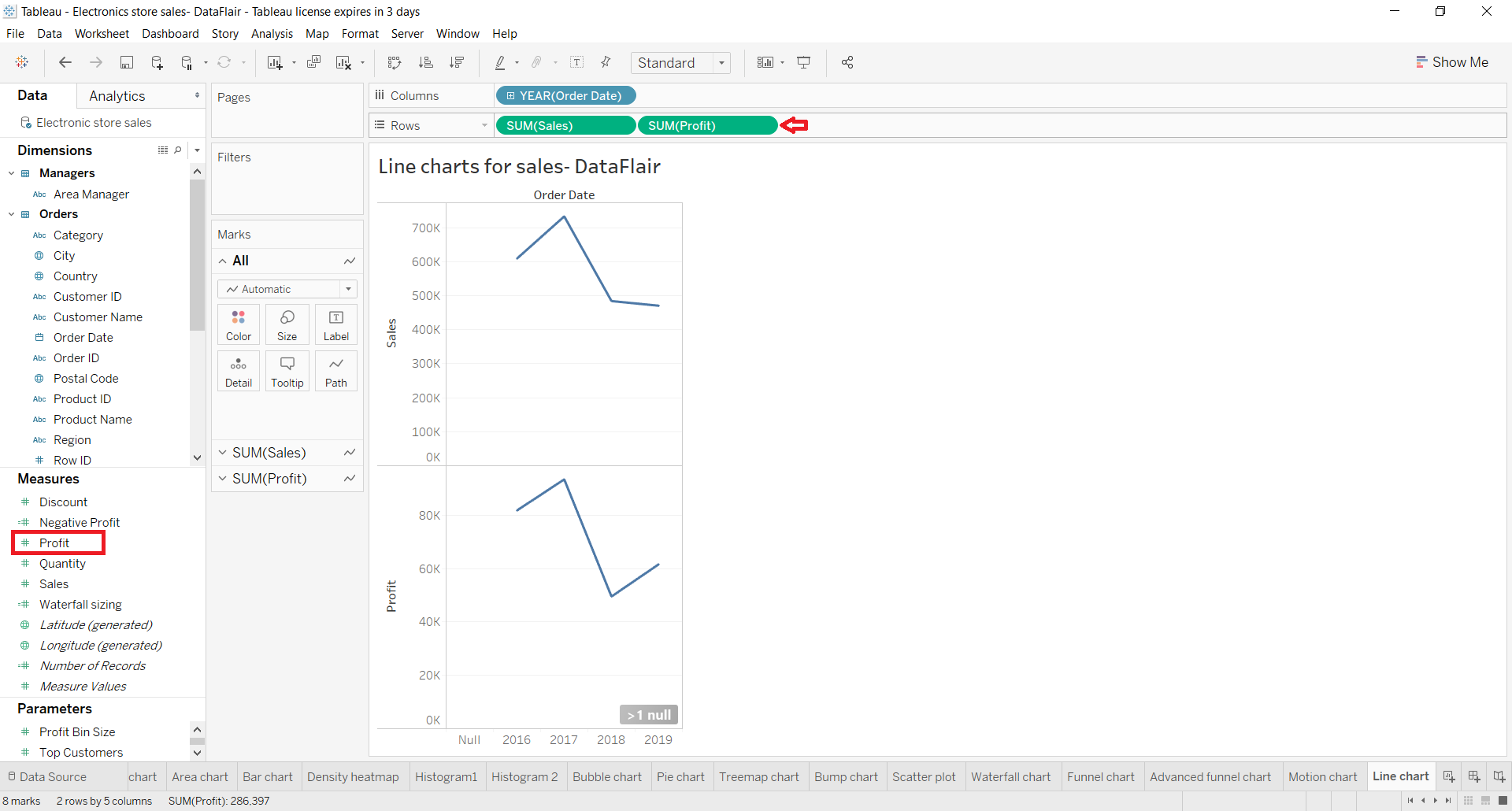Heartwarming Tips About How Do You Add Multiple Dimensions In Tableau Line Chart

Enhance your tableau visualizations by adding and combining secondary dimensions.
How do you add multiple dimensions in tableau. You can convert a field from a measure to a dimension in the current view. I should mention at some point that, in tableau public, we rarely create. I need to add multiple dimensions/ details in a single bar chart (project) but when someone clicks the bar graph it should have other dimensions listed in the data but not in the rows or columns?
When i drag a second dimension to the rows shelf, though, it (of course) becomes a subset of the first column. In this blog i would like to show you how to build a combined field to perform quick calculations over multiple dimensions. You can change the aggregation for a measure in the view from its context menu:
Dimensions affect the level of detail in the view. Ideally, i would indeed like to create a dimension: You can combine dimensions if you want to encode a data view using multiple dimensions.
To create a blend in a workbook, you need to connect to at least two data sources. In fact, “shared dimensions” is selling the feature. One option will be to split this into different measures.
Select the dimensions you want to add and then drag them to color marks. I'll try one more time and let you know how it goes. I have an untested idea on how to achieve this in multiple steps.
For the first step we’ll be creating parameters for both measures and dimensions. When you drag a measure into the view, tableau applies an aggregation on the pill. More info at the link above on how tableau applies the coloring.
Suppose i have a data set of sales transactions, including the following dimensions: The reason for this is that i would like to filter them per fruit type, and have a possibility to calculate percentage of each fruit type towards total fruits. Measures contain numeric, quantitative values that you can measure.
The other is a more brute force method, in which we leverage tableau's ability to create measure names and forcing your data to be completely denormalized, thus allowing tableau to. When you add measure names to a view, all of the measure names appear as row or column headers in the view. Another option might be to use a parameter and manually enter in those different values.
In tableau there are four possible modes when dealing with your measurement fields which result in a different layout or result. Convert a measure to a dimension. There are two ways we could do this in tableau.
Create parameter to define all the measure value you want to see in the chart. Then bring a field from one data source to the sheet—it becomes the primary data source. The step to make this multi measure parameter is quite the same as making the multi dimension parameter.






















